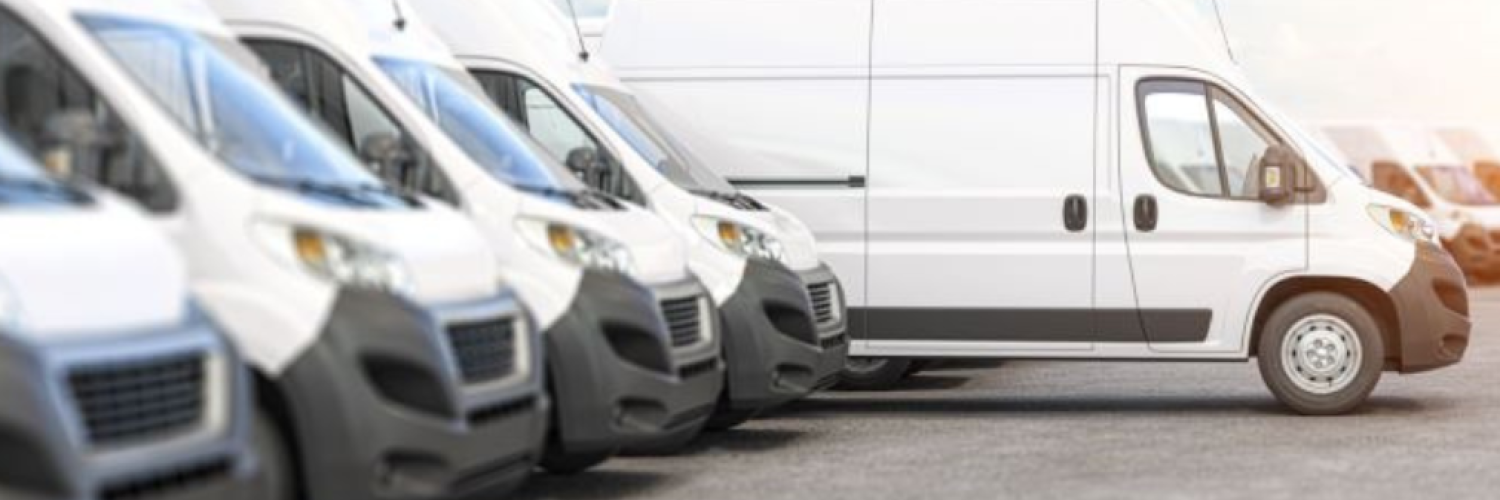Almost seven out of 10 fleets (69%) are open to introducing manufacturers which are new to the UK to their choice lists, research shows.
One in four (25%) of those surveyed say they are already offering these new market entrants to their drivers, while almost as many (23%) are considering doing the same.
Also, a further 21% would be willing to operate vehicles from these manufacturers once they become more established.
These figures are taken from the 2024 Arval Mobility Observatory Fleet and Mobility Barometer, which questioned 8,605 businesses in 30 countries about their vehicle operations.
Shaun Sadlier, Head of Arval Mobility Observatory in the UK, said: “The electric vehicle (EV) revolution on fleets and post-pandemic production shortages have already meant some quite substantial changes when it comes to which manufacturers businesses are willing to add to their choice lists. Car and van makers with strong BEV propositions and shorter waiting times have dramatically increased their presence in the last few years.
“Now this question, asked for the first time in 2024, suggests electrification could bring further changes. A large number of manufacturers new to the UK are entering the car market, mainly from Asian countries but also from the US and elsewhere, and our responses suggest fleets are taking them seriously.
“In total, 69% are open to the idea of adding these new entrants to these choice lists either now or in the medium term. That shows a very high degree of potential acceptance.”
Shaun said that it felt as though electrification was redrawing which manufacturers had the potential to become major players in the fleet sector in the coming years.
“The door appears to be very much open for newer entrants to make their mark if they are able to provide the kind of high quality, attractive vehicles with strong running cost profiles that the fleet sector demands.
“However, it is also clear that well-established manufacturers are determined to stay relevant in the company car sector, with many offering impressive product choices and moving rapidly away from traditional ICE technology. It’s promises to be an interesting few years ahead.”

